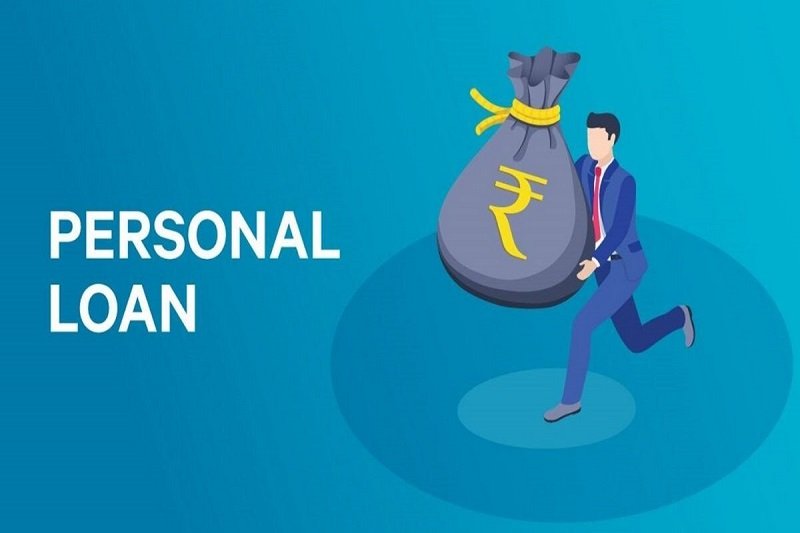An unsecured personal loan is a type of loan that does not require the borrower to pledge any assets as collateral. Instead, approval is based on factors such as the borrower’s income, credit history, and existing debts. These loans can be useful for individuals who do not have any property or valuable assets to use as collateral, or who do not want to risk losing their assets if they are unable to make loan payments. Unsecured personal loans may be more difficult to qualify for compared to secured loans, as the lender is taking on more risk without the added security of collateral. However, they can be a useful option for individuals who need to borrow money without putting their assets at risk.
An unsecured loan does not allow the lender to seize any of your personal property, unlike a mortgage or auto loan, if you default on the loan. Instead, the lender might bring a lawsuit, but you will suffer most of the consequences on your credit. An unsecured personal loan can be used to pay for almost anything, but the best ones help you reach a financial objective without accumulating excessive debt.

Unsecured Personal Loan: Advantages and Disadvantages
Know about the pros and cons of unsecured personal loans:
Pros
- With an unsecured loan, you can anticipate receiving your money faster than with a secured loan, which might need additional paperwork like a car’s title as proof of ownership.
- If you do not make payments on an unsecured loan, unlike a secured loan, the lender cannot seize your property.
- Borrowers of unsecured personal loans with excellent credit may be eligible for rates as low as those on secured loans.
Cons
- Unsecured personal loans carry a higher risk for lenders, which can result in higher interest rates, especially for borrowers with poor credit.
- Your credit report will be adversely affected if you default on an unsecured loan.
- The outstanding loan balance may be sold to a debt collection agency, resulting in collection calls from an unknown company, and you may be sued to recover the debt.
Unsecured Personal Loan – What are the Various Types?
Unsecured personal loans may be marketed by lenders for a variety of reasons, such as loans for weddings or home improvements, but they all have some common characteristics. They typically cost $1,000 to $100,000 and are repaid over two to seven years in fixed monthly installments. Home improvement and debt consolidation loans can help you achieve your financial objectives.
Loans that improve your financial situation
A home improvement loan or a debt consolidation loan with a low interest rate can be useful tools for increasing the value of your home and paying off existing debt, respectively. Using personal loans in these ways can be an effective and affordable option for making these types of financial improvements.
Loans for discretionary expenses
It is generally advised that you begin saving for discretionary expenses like vacations. If you need to borrow money for this kind of expense, a personal loan might have a better interest rate than a credit card. Only choose the cheapest loan option after weighing all your available choices for this use.

Loans for unplanned expenses
Unsecured loans for things like emergencies and medical bills should only be thought of as a last resort. In an emergency, you probably have less expensive options, such as a medical payment plan or a nearby resource. If you require a loan right away, look for a lender that provides quick funding, affordable rates, and low fees.
Safe unsecured personal loans are typically available from banks, credit unions, or online lenders. These lenders will evaluate your capacity to repay the loan and submit payment information to the three major credit reporting agencies, Equifax, Experian, and TransUnion. While late payments are likely to damage your credit, on-time payments may help.
Conclusion
An online lender, bank, or credit unions are sources where you can obtain unsecured personal loans. Rates, terms, and loan amounts vary, and each type of lender has a unique set of advantages and disadvantages. Consider both the interest rate and the monthly payment when comparing loans from various lenders. To calculate estimated rates and payments for a personal loan based on your credit score, use a loan calculator.
Pre-qualify to see what rates and terms lenders can offer you prior to applying for a loan. You can compare these unsecured personal loans with those provided by other lenders, such as banks, by taking those offers into consideration. When you are ready to apply, gather the necessary paperwork, such as W-2s and bank statements, and start the online or in-person application process with the lender of your choice.




